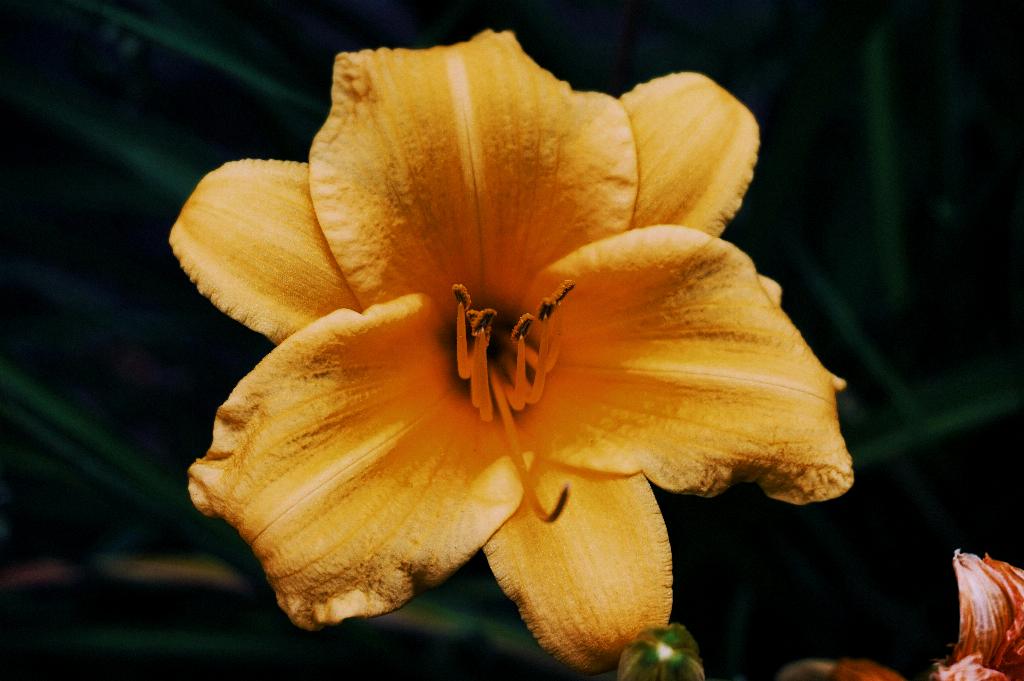Daylilies are popular and vibrant flowering plants that brighten up gardens with their beautiful blooms. One of the ways to propagate daylilies and introduce new varieties into your garden is by planting daylily seeds. In this comprehensive guide, we will explore the process of planting daylily seeds, from understanding the characteristics of the seeds to harvesting and preserving them.
Overview of Daylilies
Daylilies, scientifically known as Hemerocallis, are perennial plants that come in a wide range of colors and sizes. They are prized for their long blooming period and ability to thrive in various conditions. Planting daylilies from seeds allows gardeners to discover unique traits and create their varieties through hybridization.
Importance of Planting Daylily Seeds
Planting daylily seeds offers a cost-effective way to propagate these flowers and expand your garden collection. It also provides an opportunity to experiment with breeding new varieties and observing the fascinating process of seed germination and growth.
Understanding Daylily Seeds
Daylily seeds are small, dark-colored seeds that contain genetic material for producing new plants. These seeds should be sown in moist, organically rich soil to ensure successful germination. There are various types of daylily seeds, including hybrid seeds and open-pollinated seeds, each with its unique traits.
Preparation for Planting Daylily Seeds
Before planting daylily seeds, it is essential to choose the right time and location in your garden. Prepare the soil by ensuring it is loose, well-draining, and enriched with organic matter. Gather tools such as a trowel, watering can, and mulch to aid in the planting process.
Planting Daylily Seeds
Planting daylily seeds involves sowing them at the appropriate depth and spacing in the soil. Follow a step-by-step guide to ensure the seeds are adequately covered and watered. Monitor the soil moisture and provide care for the newly planted seeds to promote healthy growth.
Maintenance and Care
Throughout the growing season, monitor the growth and progress of your daylily seedlings. Fertilize the plants as needed to provide essential nutrients for robust development. Be vigilant against common issues and pests that may affect the health of your daylilies.
Harvesting Daylily Seeds
When daylily seeds reach maturity, they exhibit certain signs indicating they are ready for harvesting. Utilize proper harvesting techniques to collect the seeds and store them in a cool, dry place for future use or sharing with other gardening enthusiasts.

Conclusion
In conclusion, planting daylily seeds is a rewarding and enjoyable process that allows you to explore the world of hybridization and cultivation. By understanding the characteristics of daylily seeds, preparing the soil, and providing proper care, you can enjoy a garden filled with unique and vibrant daylily blooms.
Remember to follow the steps outlined in this guide and experiment with different daylily varieties to create a diverse and colorful garden that will delight both you and your visitors.
